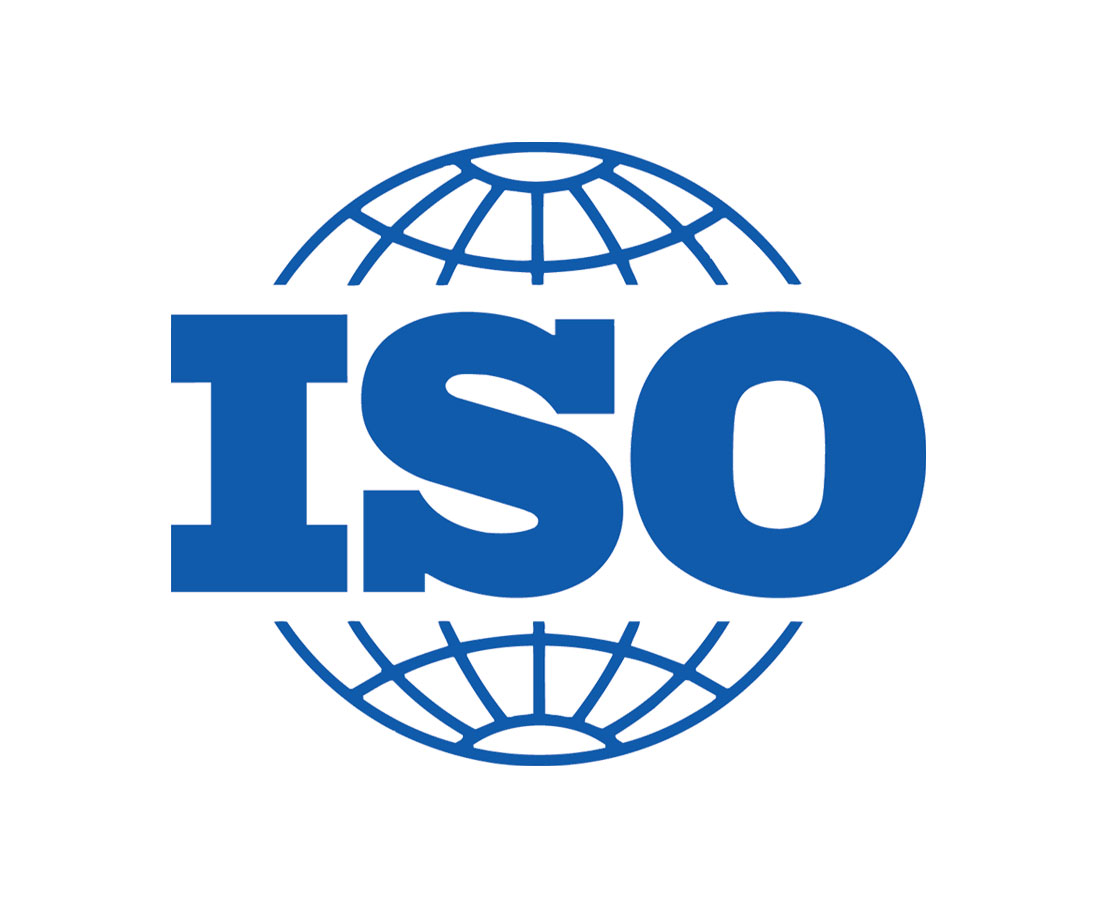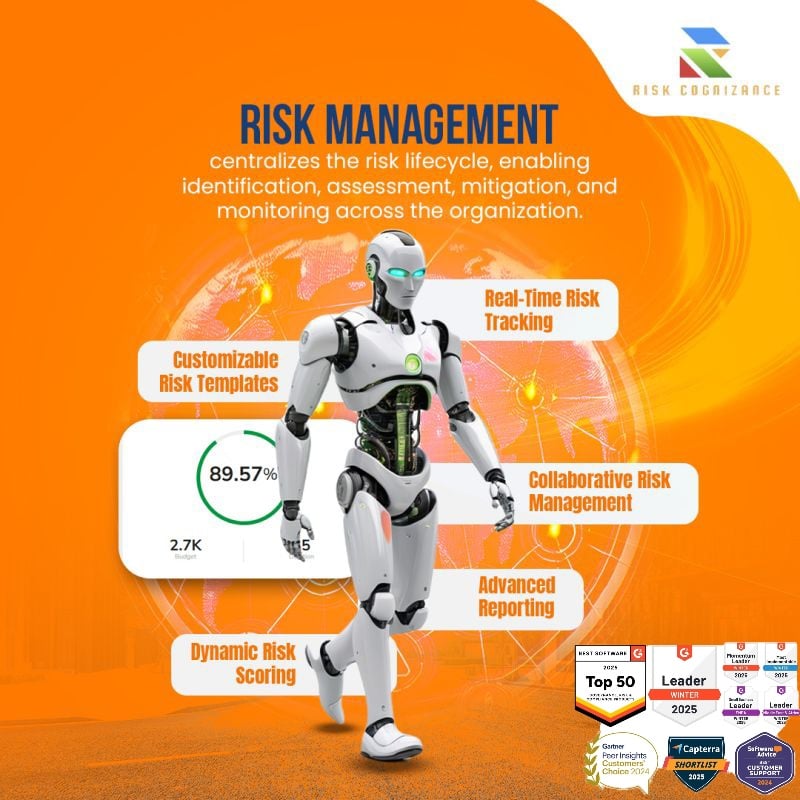

ISO 9001

ISO 9001
ISO 9001 is an international standard for Quality Management Systems (QMS). It provides a structured framework that organizations use to consistently deliver products and services that meet customer and regulatory requirements.
The organization shall determine external and internal issues relevant to its purpose and strategic direction and that affect its ability to achieve the intended result(s) of its quality management system.
-
Understanding the organization and its context - 4.1
The organization shall determine external and internal issues relevant to its purpose and its strategic direction and that affect its ability to achieve the intended result(s) of its quality management system. The organization shall monitor and review information about these external and internal issues.
-
Understanding the needs and expectations of interested parties - 4.2
The organization shall determine the interested parties that are relevant to the quality management system and the requirements of these interested parties that are relevant to the quality management system. The organization shall monitor and review information about these interested parties and their relevant requirements.
-
Determining the scope of the quality management system - 4.3
The organization shall determine the boundaries and applicability of the quality management system to establish its scope. The scope shall be available and maintained as documented information.
-
Quality management system and its processes - 4.4
The organization shall establish; implement; maintain and continually improve a quality management system; including the processes needed and their interactions; in accordance with the requirements of this International Standard.
Top management shall demonstrate leadership and commitment with respect to the quality management system.
-
Leadership and commitment - 5.1
Top management shall demonstrate leadership and commitment with respect to the quality management system by: a) taking accountability for the effectiveness of the QMS; b) ensuring the quality policy and objectives are established and compatible with the context and strategic direction; c) ensuring the integration of QMS requirements into business processes; d) promoting the use of the process approach and risk-based thinking; e) ensuring resources are available; f) communicating the importance of effective QMS and of conforming to QMS requirements; g) ensuring the QMS achieves its intended results; h) engaging; directing and supporting persons to contribute to the effectiveness of the QMS; i) promoting improvement; j) supporting other relevant management roles to demonstrate their leadership as it applies to their areas of responsibility.
-
Policy - 5.2
Top management shall establish; implement and maintain a quality policy that: a) is appropriate to the purpose and context of the organization and supports its strategic direction; b) provides a framework for setting quality objectives; c) includes a commitment to satisfy applicable requirements; d) includes a commitment to continual improvement of the QMS.
-
Organizational roles; responsibilities and authorities - 5.3
Top management shall ensure that the responsibilities and authorities for relevant roles are assigned; communicated and understood within the organization.
When planning for the quality management system; the organization shall consider the issues referred to in 4.1 and the requirements referred to in 4.2 and determine the risks and opportunities that need to be addressed.
-
Actions to address risks and opportunities - 6.1
When planning for the QMS; the organization shall consider the issues in 4.1 and requirements in 4.2 and determine the risks and opportunities that need to be addressed to: a) give assurance that the QMS can achieve its intended result(s); b) enhance desirable effects; c) prevent; or reduce; undesired effects; d) achieve improvement. The organization shall plan actions to address these risks and opportunities; and how to integrate and implement them into QMS processes and evaluate their effectiveness.
-
Quality objectives and planning to achieve them - 6.2
The organization shall establish quality objectives at relevant functions; levels and processes needed for the QMS. The quality objectives shall: be consistent with the quality policy; be measurable; take into account applicable requirements; be relevant to conformity of products and services and to the enhancement of customer satisfaction; be monitored; be communicated; be updated as appropriate.
-
Planning of changes - 6.3
When the organization determines the need for changes to the QMS; the changes shall be carried out in a planned manner (see 4.4).
The organization shall determine and provide the resources needed for the establishment; implementation; maintenance and continual improvement of the quality management system.
-
Resources - 7.1
This clause covers general resources; people; infrastructure; environment for the operation of processes; monitoring and measuring resources; and organizational knowledge.
-
Competence - 7.2
The organization shall: a) determine the necessary competence of person(s) doing work under its control that affects the performance and effectiveness of the QMS; b) ensure that these persons are competent on the basis of appropriate education; training; or experience; c) where applicable; take actions to acquire the necessary competence; and evaluate the effectiveness of the actions taken; d) retain appropriate documented information as evidence of competence.
-
Awareness - 7.3
The organization shall ensure that persons doing work under the organization’s control are aware of: a) the quality policy; b) relevant quality objectives; c) their contribution to the effectiveness of the QMS; including the benefits of improved performance; d) the implications of not conforming with the QMS requirements.
-
Communication - 7.4
The organization shall determine the internal and external communications relevant to the QMS; including: a) on what it will communicate; b) when to communicate; c) with whom to communicate; d) how to communicate; e) who communicates.
-
Documented information - 7.5
The organization’s QMS shall include: a) documented information required by this International Standard; b) documented information determined by the organization as being necessary for the effectiveness of the QMS. This clause also covers creating; updating and control of documented information.
The organization shall plan; implement and control the processes (see 4.4) needed to meet the requirements for the provision of products and services; and to implement the actions determined in Clause 6.
-
Operational planning and control - 8.1
The organization shall plan; implement and control the processes needed to meet requirements for the provision of products and services; and to implement the actions determined in Clause 6 by determining requirements; establishing criteria for processes and acceptance of products/services; determining resources; implementing control of processes; and maintaining documented information.
-
Requirements for products and services - 8.2
This includes customer communication; determining requirements related to products and services; reviewing requirements related to products and services; and changes to requirements for products and services.
-
Design and development of products and services - 8.3
The organization shall establish; implement and maintain a design and development process that is appropriate to ensure the subsequent provision of products and services. This covers planning; inputs; controls; outputs and changes.
-
Control of externally provided processes; products and services - 8.4
The organization shall ensure that externally provided processes; products and services conform to requirements. This covers type and extent of control; and information for external providers.
-
Production and service provision - 8.5
The organization shall implement production and service provision under controlled conditions. This covers control of production/service provision; identification and traceability; property belonging to customers or external providers; preservation; post-delivery activities; and control of changes.
-
Release of products and services - 8.6
The organization shall implement planned arrangements; at appropriate stages; to verify that the product and service requirements have been met. The release of products and services to the customer shall not proceed until the planned arrangements have been satisfactorily completed; unless otherwise approved by a relevant authority and; where applicable; by the customer.
-
Control of nonconforming outputs - 8.7
The organization shall ensure that outputs that do not conform to their requirements are identified and controlled to prevent their unintended use or delivery. The organization shall take appropriate action based on the nature of the nonconformity and its effect on the conformity of products and services.
The organization shall evaluate the performance and the effectiveness of the quality management system.
-
Monitoring; measurement; analysis and evaluation - 9.1
The organization shall determine: a) what needs to be monitored and measured; b) the methods for monitoring; measurement; analysis and evaluation needed to ensure valid results; c) when the monitoring and measuring shall be performed; d) when the results from monitoring and measurement shall be analysed and evaluated. The organization shall evaluate the performance of the QMS and its effectiveness. This includes customer satisfaction.
-
Internal audit - 9.2
The organization shall conduct internal audits at planned intervals to provide information on whether the QMS: a) conforms to the organization’s own requirements for its QMS and the requirements of this International Standard; b) is effectively implemented and maintained.
-
Management review - 9.3
Top management shall review the organization's QMS at planned intervals to ensure its continuing suitability; adequacy; effectiveness and alignment with the strategic direction of the organization.
The organization shall determine and select opportunities for improvement and implement any necessary actions to meet customer requirements and enhance customer satisfaction.
-
General - 10.1
The organization shall determine and select opportunities for improvement (see 9.1; 9.2 and 9.3) and implement any necessary actions to meet customer requirements and enhance customer satisfaction. These shall include improving products and services to meet requirements as well as to address future needs and expectations; correcting; preventing or reducing undesired effects; improving the performance and effectiveness of the QMS.
-
Nonconformity and corrective action - 10.2
When a nonconformity occurs; including any arising from complaints; the organization shall: a) react to the nonconformity; b) evaluate the need for action to eliminate the cause(s) of the nonconformity; c) implement any action needed; d) review the effectiveness of any corrective action taken; e) make changes to the QMS; if necessary.
-
Continual improvement - 10.3
The organization shall continually improve the suitability; adequacy and effectiveness of the quality management system.

